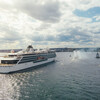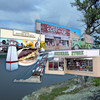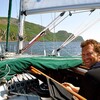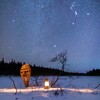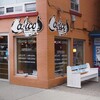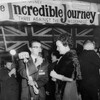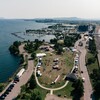
5 Things You Probably Didn't Know About Thunder Bay

Thunder Bay has existed as a community for well over 100 years, and the history of the city is an interesting one. We've had some name changes along the way, but there's so much more than that. Here are five cool things you may not have known about the Lakehead.
1. We almost won the Stanley Cup.
In 1911, the Port Arthur Hockey Club played in the Stanley Cup finals. Unfortunately, the team lost to the Ottawa Senators. Years later, another Port Arthur team represented Canada at the 1936 Winter Olympics in Germany, bringing home the silver medal (losing to a team from Great Britain comprised largely of players from Canada.)
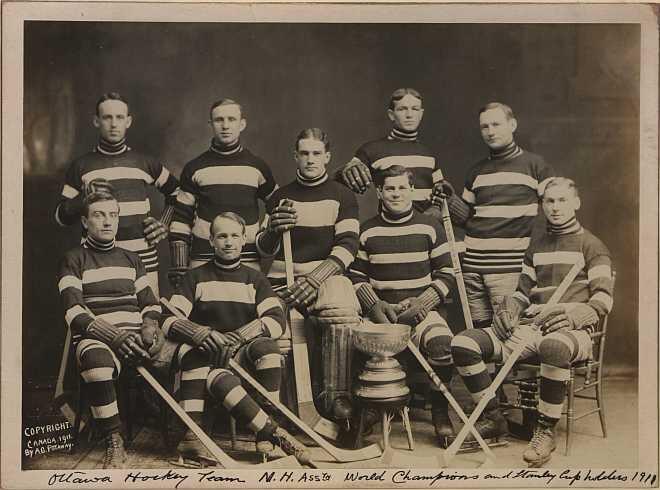
2. Amalgamation and the name Thunder Bay were both first suggested in 1907.
Unofficial talk of amalgamating Port Arthur and Fort William first began 63 years before it actually took place. In 1907, the same year both Port Arthur and Fort William received their incorporation as cities, a Toronto newspaper suggested amalgamation and asked readers for name suggestions for the combined cities. On the list then were among many others: Willport, Lakeport, Grainopolis and Thunder Bay. In 1910, a letter was submitted to the Port Arthur Council suggesting the name Portfort. By 1969, the decision to amalgamate had been made and the three official name choices on the ballot were Lakehead, The Lakehead and Thunder Bay. Imagine if we were known as Grainopolites or Portforters?
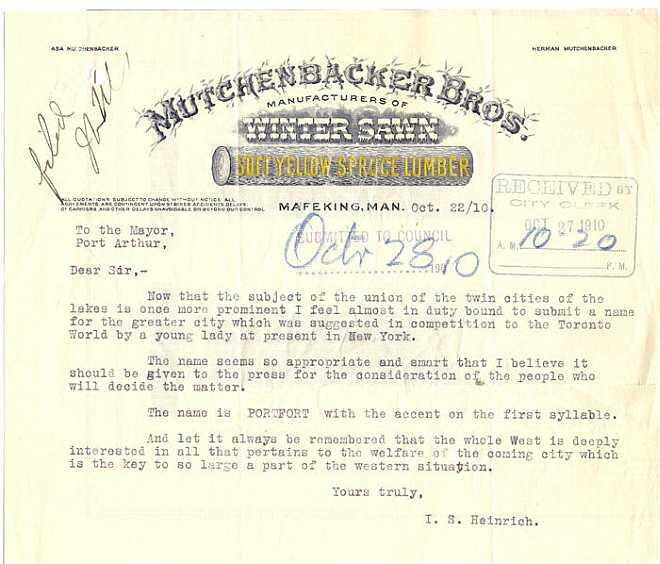
3. We invented bug spray.

Well, technically not the spray version, but citronella-based insect repellant was invented in Nipigon by William McKirdy and manufactured at a factory in Fort William for many years by McKirdy’s son Jack. Jack was also a guide on Prince Edward of Wales’ (later King Edward VIII) fishing expedition to the Nipigon River in 1919.
4. A man from Thunder Bay "invented" electronic music
If it wasn’t for Hugh LeCaine, born and raised in Port Arthur and his amazing inventions, electronic music as we know it today may never have existed. LeCaine invented the Sackbut, the very first music synthesizer, as well as the first multi-track tape player, and is considered the pioneer composer in the musical genre known as musique concrète.

The most well-known musique concrète composition is a LeCaine piece called Dripsody. The entire piece is composed of manipulations of a single sound – a solitary drop of water.
5. Thunder Bay was the original Hollywood North
Many people are familiar with Dorothea Mitchell and her creation, Lady Lumberjack, the first feature-length film produced in Canada by an amateur. But there is a long history of professional film production in the city as well. In 1926, the British Government passed the Cinematograph Act, stipulating that films to be shown in England must have been produced in a Commonwealth country. Thunder Bay Films, a local studio, informed American producers of this loophole that would make their films compliant to the new law if production was moved north to Canada.
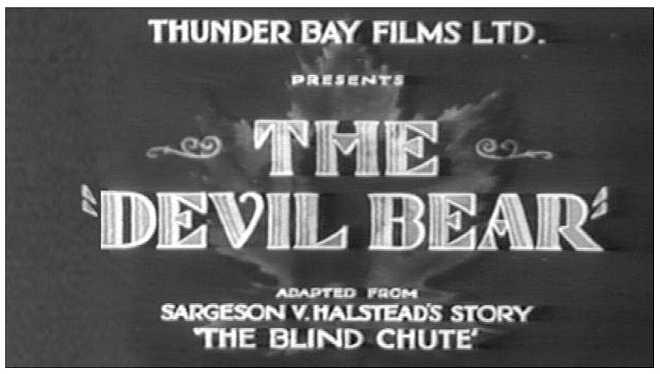
This, combined with the drive of city residents to modernize and live up to its reputation as the Chicago of the North, led to the development of a significant film production industry in the region. Thunder Bay Films, the only motion picture studio in the region, was owned primarily by stockholders comprised of residents of Port Arthur and Fort William. Also, at the time, the cities combined boasted 10 motion picture houses for less than 50,000 residents.
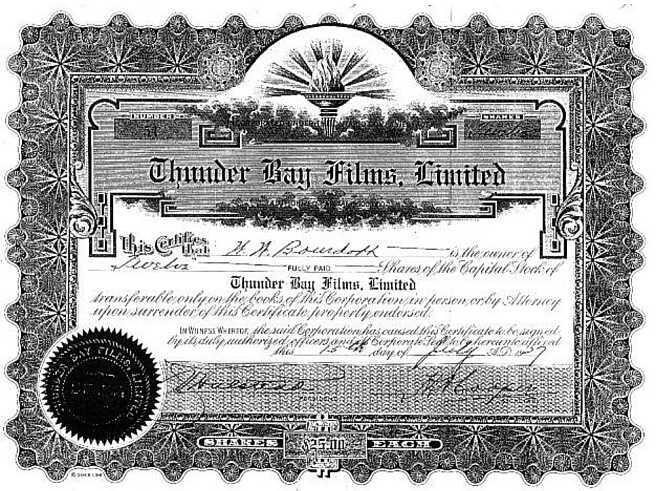
Recommended Articles

Epic Lake Superior Adventures Near Thunder Bay
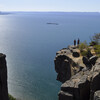
Experience Your Perfect Summer in Thunder Bay

Eco-Friendly Travel in Thunder Bay

Wellness Retreats in Thunder Bay

LGBTQIA+ Friendly Businesses in Thunder Bay

Uncovering Thunder Bay's Hidden Gems
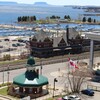
Top 10 Interesting Facts About Thunder Bay

Work Hard, Reward Yourself: Discover Thunder Bay’s Best Winter Experiences

Thunder Bay Winter Fun Guide 2025

12 Best Places to Stay in Thunder Bay

5 Fantastic Ways to Explore the Water in Thunder Bay

5 Reasons to Bring a Conference or Meeting to Thunder Bay, Ontario
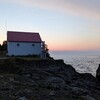
21 Ways to Enjoy Thunder Bay
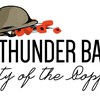
The Remembrance Poppy and its Thunder Bay Roots
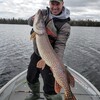
Why You Should Always Travel With Fishing Gear in Thunder Bay
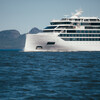
This new cruise ship sails into Thunder Bay

Chill Out in Thunder Bay: Why Cold Plunges Are Hot Right Now
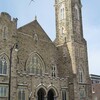
Walk This Way: Self-Guided Art and History Tours in Thunder Bay



